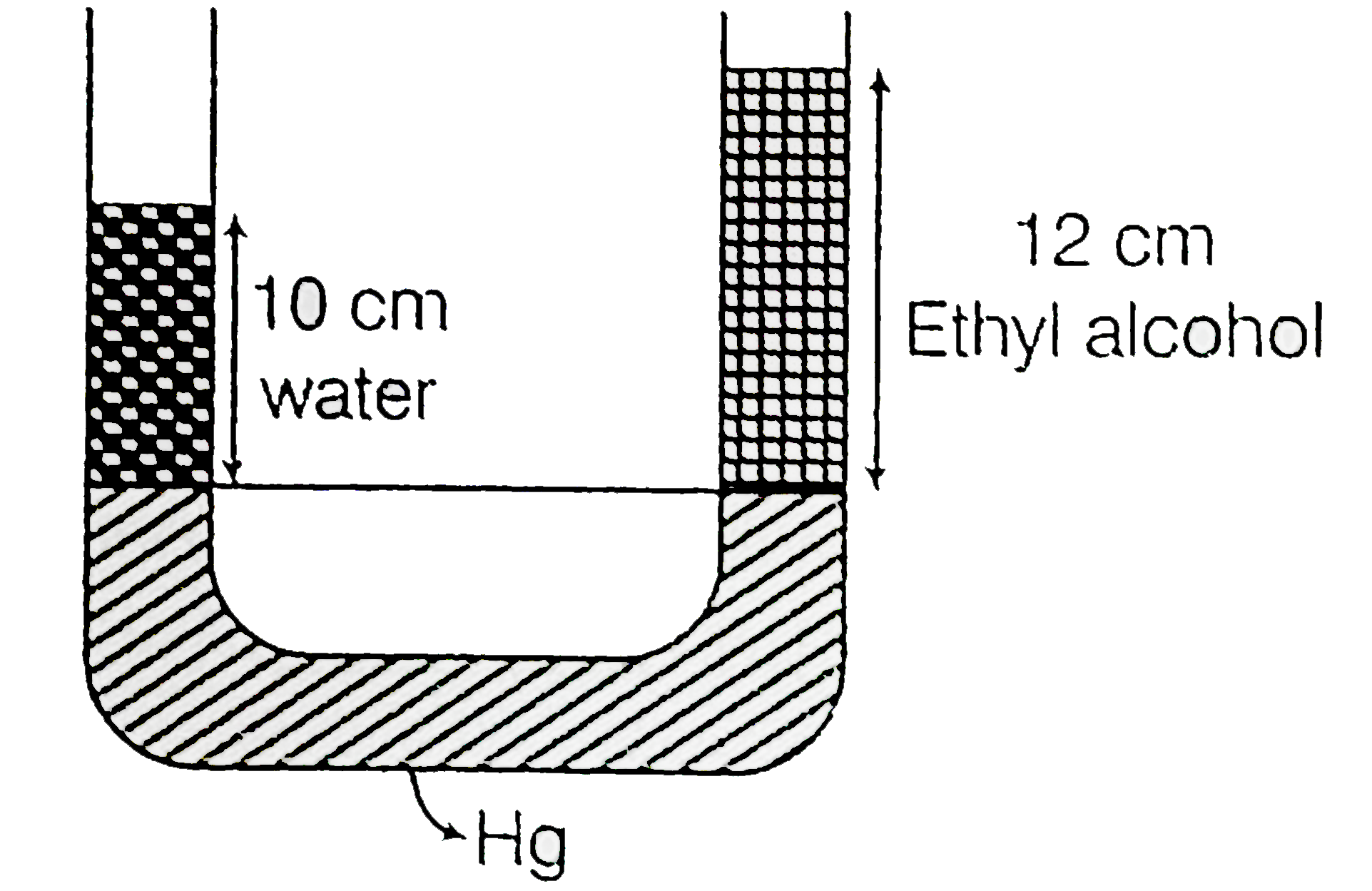Conversion of Ethyl alcohol into chloroform
To convert ethyl alcohol (C2H5OH) into chloroform (CHCl3), we will follow a two-step process. This process involves the oxidation of ethyl alcohol to acetaldehyde, followed by a haloform reaction. Here’s the step-by-step solution:
Step 1: Oxidation of Ethyl Alcohol to Acetaldehyde
- Ethyl alcohol (C2H5OH) is oxidized to acetaldehyde (CH3CHO).
- This can be achieved using an oxidizing agent such as copper (Cu) at high temperature (300 degrees Celsius).
Chemical Reaction:
C2H5OHCu, 300°C−−−−−−→CH3CHO
Step 2: Haloform Reaction to Form Chloroform
- The acetaldehyde (CH3CHO) obtained from the first step undergoes a haloform reaction with chlorine (Cl2) in the presence of a base (such as NaOH).
- This reaction will yield chloroform (CHCl3) and a by-product (which can be sodium acetate if sodium hydroxide is used).
Chemical Reaction:
CH3CHO+Cl2+Base→CHCl3+By-product
Overall Reaction
Combining both steps, we can summarize the conversion of ethyl alcohol to chloroform as:
C2H5OHCu, 300°C−−−−−−→CH3CHOCl2,Base−−−−−→CHCl3+By-product
Final Products
- The main product is chloroform (CHCl3).
- The side product can be sodium acetate or methanoic acid, depending on the conditions used in the haloform reaction.
---
- Ethyl alcohol (C2H5OH) is oxidized to acetaldehyde (CH3CHO).
- This can be achieved using an oxidizing agent such as copper (Cu) at high temperature (300 degrees Celsius).
C2H5OHCu, 300°C−−−−−−→CH3CHO
- The acetaldehyde (CH3CHO) obtained from the first step undergoes a haloform reaction with chlorine (Cl2) in the presence of a base (such as NaOH).
- This reaction will yield chloroform (CHCl3) and a by-product (which can be sodium acetate if sodium hydroxide is used).
CH3CHO+Cl2+Base→CHCl3+By-product
Combining both steps, we can summarize the conversion of ethyl alcohol to chloroform as:
C2H5OHCu, 300°C−−−−−−→CH3CHOCl2,Base−−−−−→CHCl3+By-product
- The main product is chloroform (CHCl3).
- The side product can be sodium acetate or methanoic acid, depending on the conditions used in the haloform reaction.
Topper's Solved these Questions
- APPENDIX II ( TYPICAL CONVERSIONS)BOOK - ICSECHAPTER - APPENDIX II ( TYPICAL CONVERSIONS)EXERCISE - AROMATIC CONVERSIONS
98 Videos
- ALDEHYDES, KETONES AND CARBOXYLIC ACIDSBOOK - ICSECHAPTER - ALDEHYDES, KETONES AND CARBOXYLIC ACIDSEXERCISE - EXERCISE (PART-II DESCRIPTIVE QUESTIONS) ( LONG ANSWER QUESTIONS)
478 Videos
- BIOMOLECULESBOOK - ICSECHAPTER - BIOMOLECULESEXERCISE - ISC EXAMINATION QUSTIONS (PART-I)(DESCRIPTIVE QUESTIONS)
21 Videos
Similar Questions
Knowledge Check
Conversion of ethyl alcohol into acetaldehyde is an example of
AhydrolysisBoxidationCreductionDmolecular rearrangement
Conversion of Ethyl chloride into n-Propylamine
View SolutionConversion of Ethyl chloride into methyl chloride
View SolutionIndicate a method for the following conversions :
Ethyl alcohol to diethyl ether
View SolutionConversion of Carbon disulfide into chloroform.
View SolutionIndicate a method for the following conversions :
Ethyl alcohol to acetaldehyde
View SolutionConversion of Ethyl chloride into n-butane
View SolutionFind density of ethyl alcohol

View Solution
